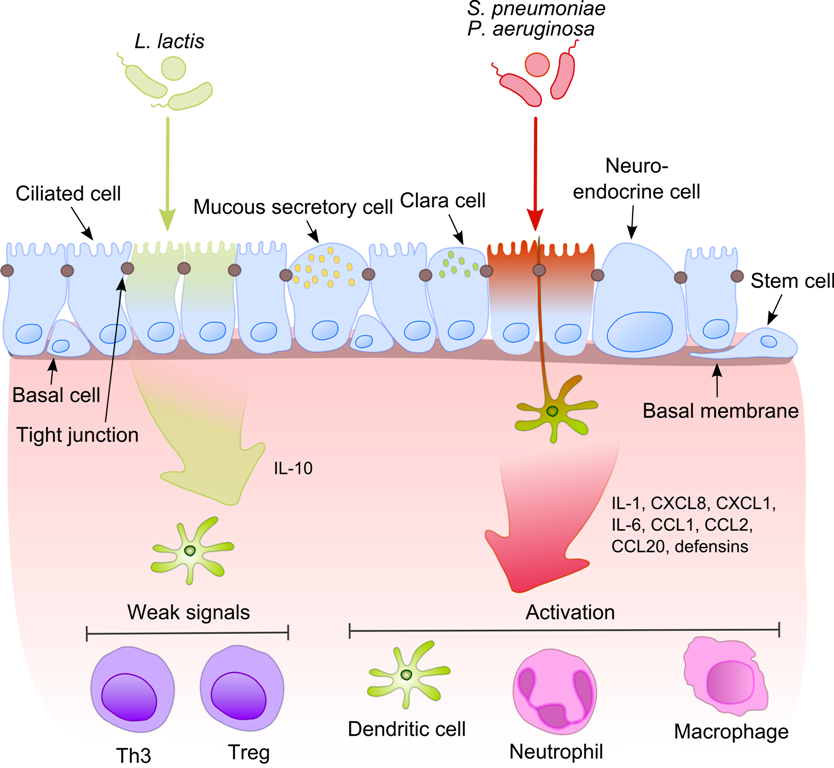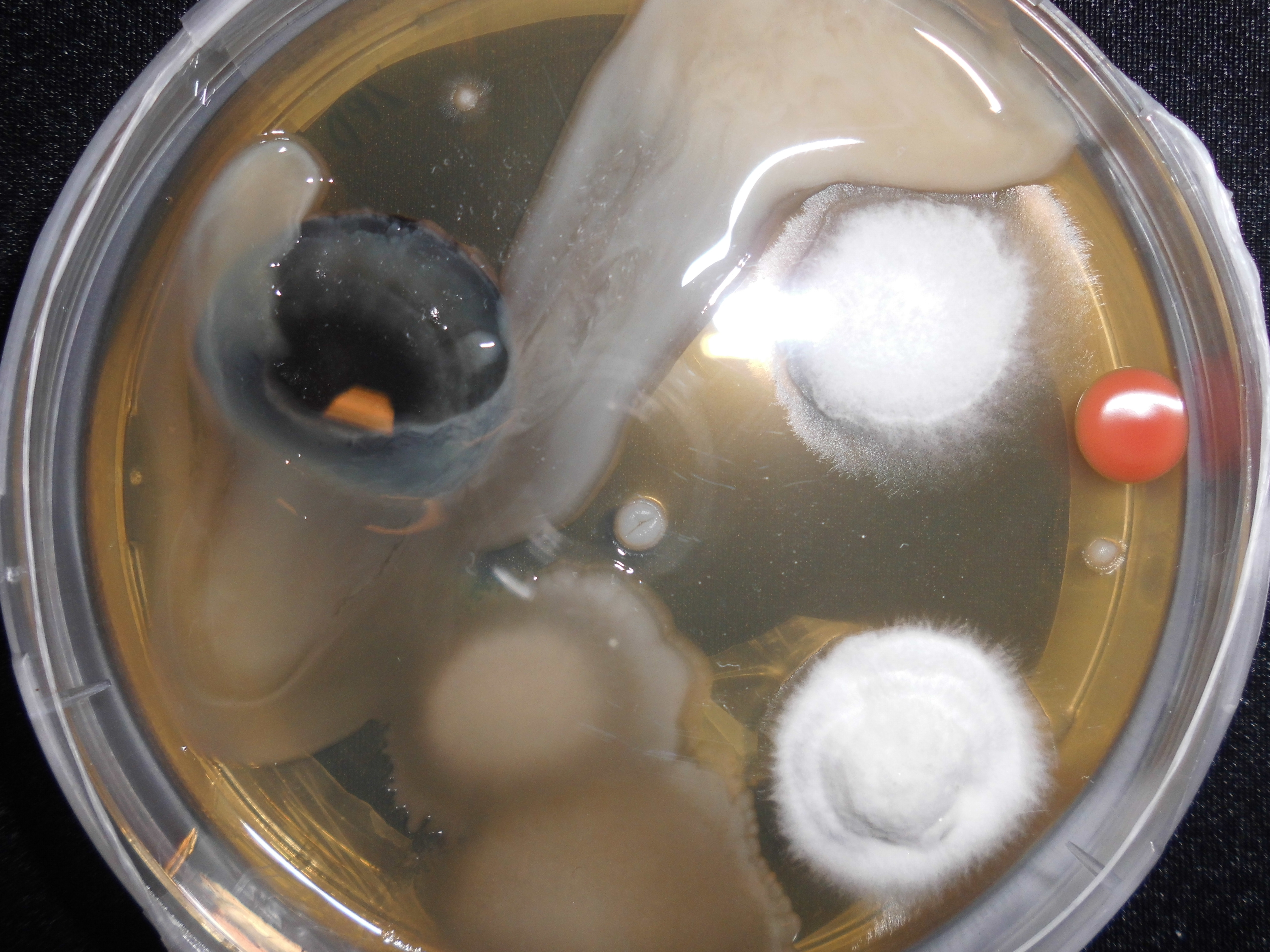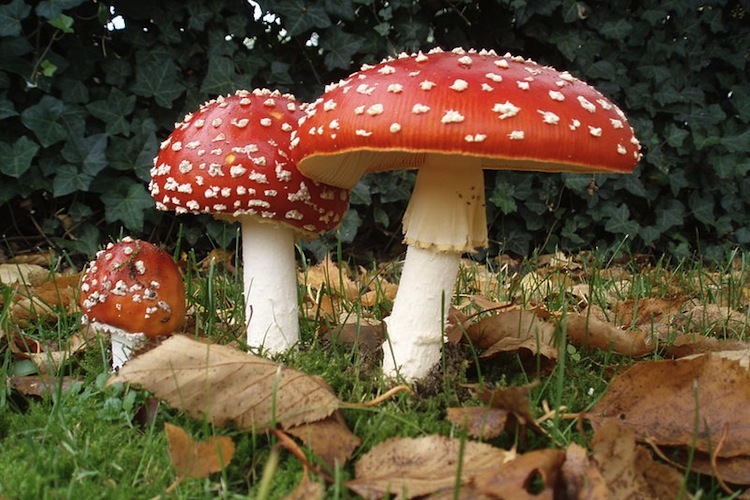|
Ornithobacterium Hominis
''Candidatus Ornithobacterium hominis'' is a gram-negative bacterial species that colonises the human respiratory tract. Despite being related to the bird pathogen ''O. rhinotracheale'', it is not a zoonosis. It has been detected in microbiome data from people around the world, including The Gambia, Madagascar and Central African Republic, Kenya, Mae La refugee camp in Thailand, rural Venezuela, Australia, and Fiji. Detection ''Ca.'' O. hominis can be identified from its unique 16S rRNA sequence. Alternatively a clinical sample can be tested using a PCR assay targeting either the 16S rRNA gene or the conserved deamidating toxin gene ToxA. Culture growth ''Ca.'' O. hominis may be cultured from clinical specimens such as nasopharyngeal swabs on solid media including blood agar, chocolate agar, or tryptic soy agar. It requires microaerobic A microaerophile is a microorganism that requires environments containing lower levels of dioxygen than that are present in t ... [...More Info...] [...Related Items...] OR: [Wikipedia] [Google] [Baidu] |
Bacteria
Bacteria (; singular: bacterium) are ubiquitous, mostly free-living organisms often consisting of one biological cell. They constitute a large domain of prokaryotic microorganisms. Typically a few micrometres in length, bacteria were among the first life forms to appear on Earth, and are present in most of its habitats. Bacteria inhabit soil, water, acidic hot springs, radioactive waste, and the deep biosphere of Earth's crust. Bacteria are vital in many stages of the nutrient cycle by recycling nutrients such as the fixation of nitrogen from the atmosphere. The nutrient cycle includes the decomposition of dead bodies; bacteria are responsible for the putrefaction stage in this process. In the biological communities surrounding hydrothermal vents and cold seeps, extremophile bacteria provide the nutrients needed to sustain life by converting dissolved compounds, such as hydrogen sulphide and methane, to energy. Bacteria also live in symbiotic and parasitic re ... [...More Info...] [...Related Items...] OR: [Wikipedia] [Google] [Baidu] |
Thailand
Thailand ( ), historically known as Siam () and officially the Kingdom of Thailand, is a country in Southeast Asia, located at the centre of the Indochinese Peninsula, spanning , with a population of almost 70 million. The country is bordered to the north by Myanmar and Laos, to the east by Laos and Cambodia, to the south by the Gulf of Thailand and Malaysia, and to the west by the Andaman Sea and the extremity of Myanmar. Thailand also shares maritime borders with Vietnam to the southeast, and Indonesia and India to the southwest. Bangkok is the nation's capital and largest city. Tai peoples migrated from southwestern China to mainland Southeast Asia from the 11th century. Indianised kingdoms such as the Mon, Khmer Empire and Malay states ruled the region, competing with Thai states such as the Kingdoms of Ngoenyang, Sukhothai, Lan Na and Ayutthaya, which also rivalled each other. European contact began in 1511 with a Portuguese diplomatic mission to Ayuttha ... [...More Info...] [...Related Items...] OR: [Wikipedia] [Google] [Baidu] |
Flavobacteria
The class Flavobacteriia is composed of a single order of environmental bacteria. According to Bernardet ''et al''., Flavobacteriia are Gram-negative aerobic rods, 2–5 μm long, 0.3–0.5 μm wide, with rounded or tapered ends that are motile by gliding, yellow (cream to orange) colonies on agar, decompose several polysaccharides but not cellulose, G+C contents of 32–37%, and are widely distributed in soil and fresh and seawater habitats. In particular, Flavobacteriia are prominent members of marine biofilms. The type species ''Flavobacterium aquatile'' was isolated from a well in Kent, England. Flavobacteriia are a group of commensal bacteria and opportunistic pathogens. ''Flavobacterium psychrophilum'' causes the septicemic diseases rainbow trout fry syndrome and bacterial cold water disease Bacterial cold water disease (BCWD) is a bacterial disease of freshwater fish, specifically salmonid fish. It is caused by the bacterium '' Flavobacterium psyc ... [...More Info...] [...Related Items...] OR: [Wikipedia] [Google] [Baidu] |
Bacterial Diseases
Pathogenic bacteria are bacteria that can cause disease. This article focuses on the bacteria that are pathogenic to humans. Most species of bacteria are harmless and are often beneficial but others can cause infectious diseases. The number of these pathogenic species in humans is estimated to be fewer than a hundred. By contrast, several thousand species are part of the gut flora present in the digestive tract. The body is continually exposed to many species of bacteria, including beneficial commensals, which grow on the skin and mucous membranes, and saprophytes, which grow mainly in the soil and in decaying matter. The blood and tissue fluids contain nutrients sufficient to sustain the growth of many bacteria. The body has defence mechanisms that enable it to resist microbial invasion of its tissues and give it a natural immunity or innate resistance against many microorganisms. Pathogenic bacteria are specially adapted and endowed with mechanisms for overcoming the ... [...More Info...] [...Related Items...] OR: [Wikipedia] [Google] [Baidu] |
Microaerophile
A microaerophile is a microorganism that requires environments containing lower levels of dioxygen than that are present in the atmosphere (i.e. < 21% O2; typically 2–10% O2) for optimal growth. A more restrictive interpretation requires the microorganism to be obligate in this requirement. Many microaerophiles are also capnophiles, requiring an elevated concentration of (e.g. 10% CO2 in the case of '''' ). [...More Info...] [...Related Items...] OR: [Wikipedia] [Google] [Baidu] |
Trypticase Soy Agar
Trypticase soy agar or tryptone soya agar (TSA) and Trypticase soy broth or tryptone soya broth (TSB) with agar are growth media for the culturing of bacteria. They are general-purpose, nonselective media providing enough nutrients to allow for a wide variety of microorganisms to grow. They are used for a wide range of applications, including culture storage, enumeration of cells (counting), isolation of pure cultures, or simply general culture. TSA contains enzymatic digests of casein and soybean meal, which provide amino acids and other nitrogenous substances, making it a nutritious medium for a variety of organisms. Glucose is the energy source. Sodium chloride maintains the osmotic equilibrium, while dipotassium phosphate acts as buffer to maintain pH. Agar extracted from any number of organisms is used as a gelling agent. The medium may be supplemented with blood to facilitate the growth of more fastidious bacteria or antimicrobial agents to permit the selection of vari ... [...More Info...] [...Related Items...] OR: [Wikipedia] [Google] [Baidu] |
Chocolate Agar
Chocolate agar (CHOC) or chocolate blood agar (CBA), is a nonselective, enriched growth medium used for isolation of pathogenic bacteria. It is a variant of the blood agar plate, containing red blood cells that have been lysed by slowly heating to 80°C. Chocolate agar is used for growing fastidious respiratory bacteria, such as ''Haemophilus influenzae'' and '' Neisseria meningitidis''. In addition, some of these bacteria, most notably ''H. influenzae'', need growth factors such as nicotinamide adenine dinucleotide (factor V or NAD) and hemin (factor X), which are inside red blood cells; thus, a prerequisite to growth for these bacteria is the presence of red blood cell lysates. The heat also inactivates enzymes which could otherwise degrade NAD. The agar is named for its color and contains no chocolate products. Variants Chocolate agar with the addition of bacitracin becomes selective for the genus '' Haemophilus''. Another variant of chocolate agar called Thayer–Martin ... [...More Info...] [...Related Items...] OR: [Wikipedia] [Google] [Baidu] |
Agar Plate
An agar plate is a Petri dish that contains a growth medium solidified with agar, used to culture microorganisms. Sometimes selective compounds are added to influence growth, such as antibiotics. Individual microorganisms placed on the plate will grow into individual colonies, each a clone genetically identical to the individual ancestor organism (except for the low, unavoidable rate of mutation). Thus, the plate can be used either to estimate the concentration of organisms in a liquid culture or a suitable dilution of that culture using a colony counter, or to generate genetically pure cultures from a mixed culture of genetically different organisms. Several methods are available to plate out cells. One technique is known as " streaking". In this technique, a drop of the culture on the end of a thin, sterile loop of wire, sometimes known as an inoculator, is streaked across the surface of the agar leaving organisms behind, a higher number at the beginning of the streak and a ... [...More Info...] [...Related Items...] OR: [Wikipedia] [Google] [Baidu] |
Nasopharyngeal Swab
A nasopharyngeal swab is a device used for collecting a sample of nasal secretions from the back of the nose and throat. The sample is then analyzed for the presence of organisms or other clinical markers for disease. This diagnostic method is commonly used in suspected cases of whooping cough, diphtheria, influenza, and various types of diseases caused by the coronavirus family of viruses, including SARS, MERS, and COVID-19. Procedure To collect the sample, the swab is inserted in the nostril and gently or harshly (experience varies depending on the person doing the procedure.) moved forward into the nasopharynx, a region of the pharynx that covers the roof of the mouth. The swab is then rotated for a specified period of time to collect secretions, then the swab is removed and placed into a sterile viral transport media, which preserves the sample for the subsequent analysis. Material composition of swab Similar in concept to the cotton swab, a swab used for nasopharyngeal ... [...More Info...] [...Related Items...] OR: [Wikipedia] [Google] [Baidu] |
Toxin
A toxin is a naturally occurring organic poison produced by metabolic activities of living cells or organisms. Toxins occur especially as a protein or conjugated protein. The term toxin was first used by organic chemist Ludwig Brieger (1849–1919) and is derived from the word toxic. Toxins can be small molecules, peptides, or proteins that are capable of causing disease on contact with or absorption by body tissues interacting with biological macromolecules such as enzymes or cellular receptors. Toxins vary greatly in their toxicity, ranging from usually minor (such as a bee sting) to potentially fatal even at extremely low doses (such as botulinum toxin). Toxins are largely secondary metabolites, which are organic compounds that are not directly involved in an organism's growth, development, or reproduction, instead often aiding it in matters of defense. Terminology Toxins are often distinguished from other chemical agents strictly based on their biological origin. Les ... [...More Info...] [...Related Items...] OR: [Wikipedia] [Google] [Baidu] |
Polymerase Chain Reaction
The polymerase chain reaction (PCR) is a method widely used to rapidly make millions to billions of copies (complete or partial) of a specific DNA sample, allowing scientists to take a very small sample of DNA and amplify it (or a part of it) to a large enough amount to study in detail. PCR was invented in 1983 by the American biochemist Kary Mullis at Cetus Corporation; Mullis and biochemist Michael Smith, who had developed other essential ways of manipulating DNA, were jointly awarded the Nobel Prize in Chemistry in 1993. PCR is fundamental to many of the procedures used in genetic testing and research, including analysis of ancient samples of DNA and identification of infectious agents. Using PCR, copies of very small amounts of DNA sequences are exponentially amplified in a series of cycles of temperature changes. PCR is now a common and often indispensable technique used in medical laboratory research for a broad variety of applications including biomedical research ... [...More Info...] [...Related Items...] OR: [Wikipedia] [Google] [Baidu] |
16S Ribosomal RNA
16 S ribosomal RNA (or 16 S rRNA) is the RNA component of the 30S subunit of a prokaryotic ribosome ( SSU rRNA). It binds to the Shine-Dalgarno sequence and provides most of the SSU structure. The genes coding for it are referred to as 16S rRNA gene and are used in reconstructing phylogenies, due to the slow rates of evolution of this region of the gene. Carl Woese and George E. Fox were two of the people who pioneered the use of 16S rRNA in phylogenetics in 1977. Multiple sequences of the 16S rRNA gene can exist within a single bacterium. Functions * Like the large (23S) ribosomal RNA, it has a structural role, acting as a scaffold defining the positions of the ribosomal proteins. * The 3-end contains the anti- Shine-Dalgarno sequence, which binds upstream to the AUG start codon on the mRNA. The 3-end of 16S RNA binds to the proteins S1 and S21 which are known to be involved in initiation of protein synthesis * Interacts with 23S, aiding in the binding of the two ribo ... [...More Info...] [...Related Items...] OR: [Wikipedia] [Google] [Baidu] |






